
Topline results from the MAGNIFY phase 2 clinical trial of oral zervimesine show 28.6% slower geographic atrophy lesion growth compared with placebo.

Topline results from the MAGNIFY phase 2 clinical trial of oral zervimesine show 28.6% slower geographic atrophy lesion growth compared with placebo.

Boehringer Ingelheim announced that the phase 2 clinical studies will investigate a potential first-in-class oral compound and a highly specific antibody fragment for geographic atrophy.

Insurance coverage from the second largest health plan in the US paves the way for expanded access to Luminopia’s unique amblyopia therapeutic.

Shamie encourages taking a contemporary, elevated approach to refractive surgery.
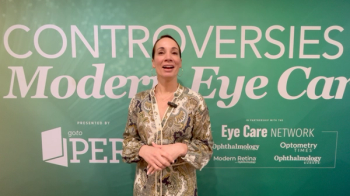
Selina McGee, OD, FAAO, emphasized that today’s approach to presbyopia correction must move beyond traditional methods like spectacles and contact lenses.
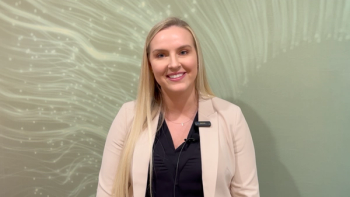

New data for 0.25% reproxalap was announced by Aldeyra Therapeutics, supporting the company’s NDA resubmission for the treatment of dry eye disease.
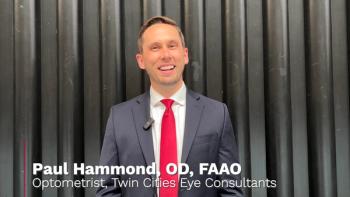
Hammond and his team focused on creating a reliable conversion factor between 2 widely used optical coherence tomography (OCT) systems—the TopCon Maestro2 and the ZEISS Cirrus 5000. Their work specifically looked at ganglion cell–inner plexiform layer and retinal nerve fiber layer thickness measurements, which are critical markers in glaucoma diagnosis and monitoring.
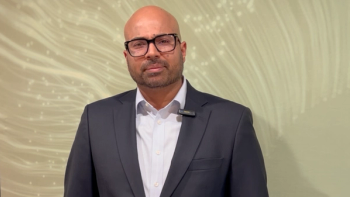
Dilsher Dhoot, MD, FASRS, shares his forward-looking perspective on developments in retinal disease management, highlighting both recent breakthroughs and promising innovations on the horizon.
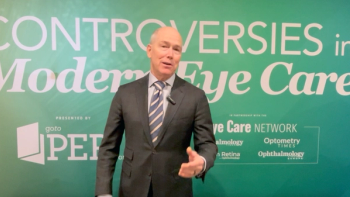
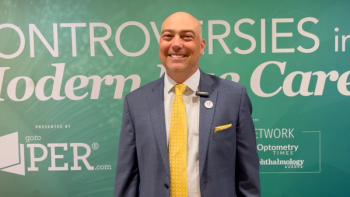

As a retinal expert, Ferrucci discusses some emerging retinal therapies that excite him.

With the acquisition, Topcon Healthcare also assumes RetInSight’s AI algorithms that analyze retinal images to detect and monitor disease.

While the study included a range of patients in a variety of stages of presbyopia, the change in crystalline lens and anterior segment geometry was most pronounced in emmetropic and myopic presbyopes.
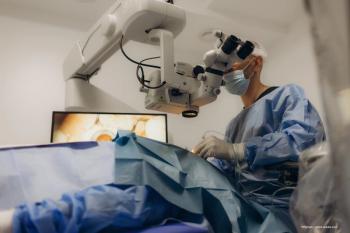
Results from the first-in-human study of SpyGlass Pharma's bimatoprost-eluting IOL showed significant reduction in IOP and improved best-corrected distance visual acuity.

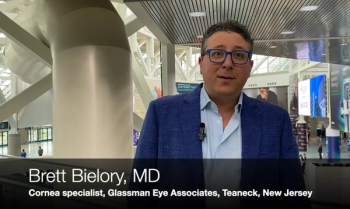
An emerging treatment approach for a commonly underdiagnosed ocular surface disease.

At ASCRS 2025, Alex Hacopian, MD, shares information from his presentation on next-gen presbyopia-correcting intraocular lenses.

Eva Kim, MD, offers valuable insights into why EVO ICL is becoming a compelling alternative to traditional corneal procedures like LASIK.

In honor of the Myopia Management Navigator’s 1-year anniversary, Dr Tucker shares clinical insights, practical tips, and business opportunities for optometrists looking to expand their scope and elevate patient care through evidence-based myopia management.
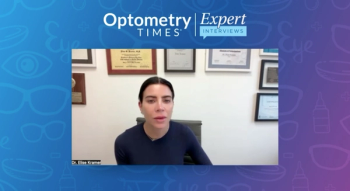
Elise Kramer, OD, FAAO, FSLS, describes how she uses myriad tools to help her patients with dry eye manage the condition, especially in conjunction with contact lenses.

According to a press release, Myatro XL is the first 0.05% atropine eye drop for pediatric myopia control. It will be commercially available in India in July 2025.
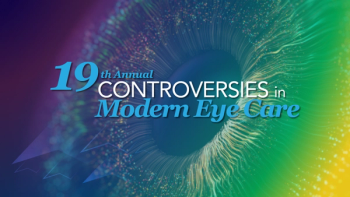
The starry faculty has a galaxy of symposia planned for May 4, 2025.

Leos is supported by emerging data from a randomized controlled clinical trial, further validating its safety and efficacy.
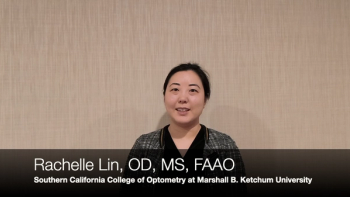
Rachelle Lin, OD, MS, FAAO, and Quan Đông Nguyễn, MD, MSc, lectured on retinal updates at CRU 2025. The pair also covered the power of a low vision referral for patients with retinal disease.

Following a discussion on low-dose atropine, Paul Karpecki, OD, FAAO, shares his views on what the future of myopia management looks like.

Under the Vevye Access for All program, patients with a Klarity-C prescription can switch to Vevye for $59 per bottle.

Dr Rachelle Lin highlights the urgent need for early intervention in childhood myopia, discusses associated retinal and systemic risks, and emphasizes the long-term impact of axial length control in reducing serious ocular complications.

Paul Karpecki, OD, FAAO, sits down to discuss Sydnexis's atropine formulation and what an FDA approval would mean for myopia management.

Nora Lee Cothran, OD, FAAO, details a real-world study that found IOP-lowering benefits when switching patients with glaucoma to latanoprostene bunod treatment.